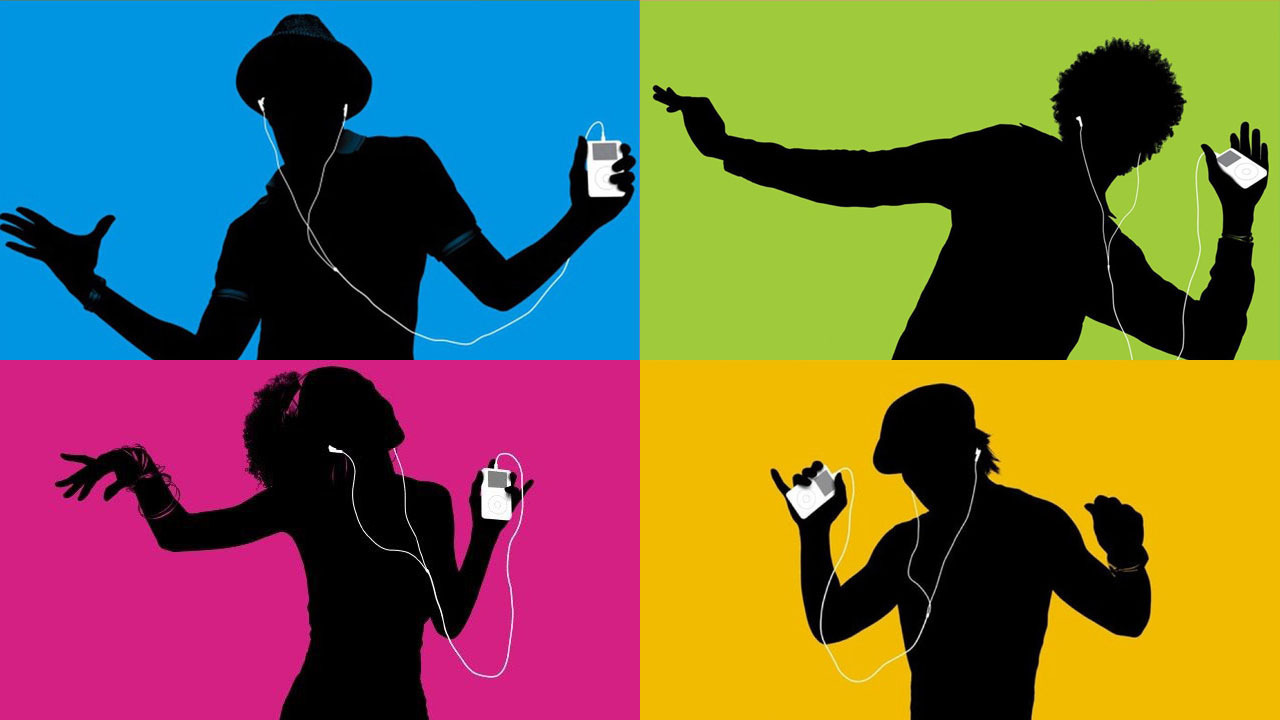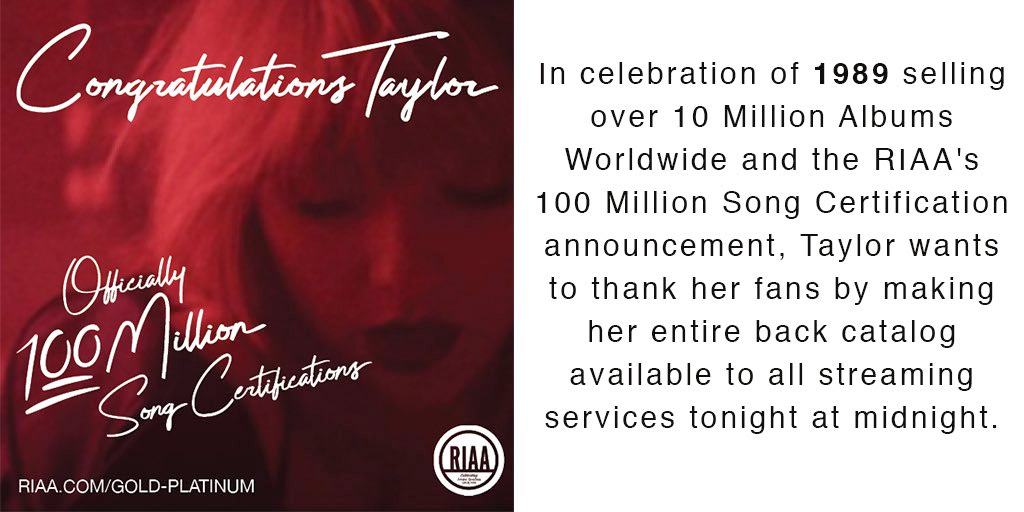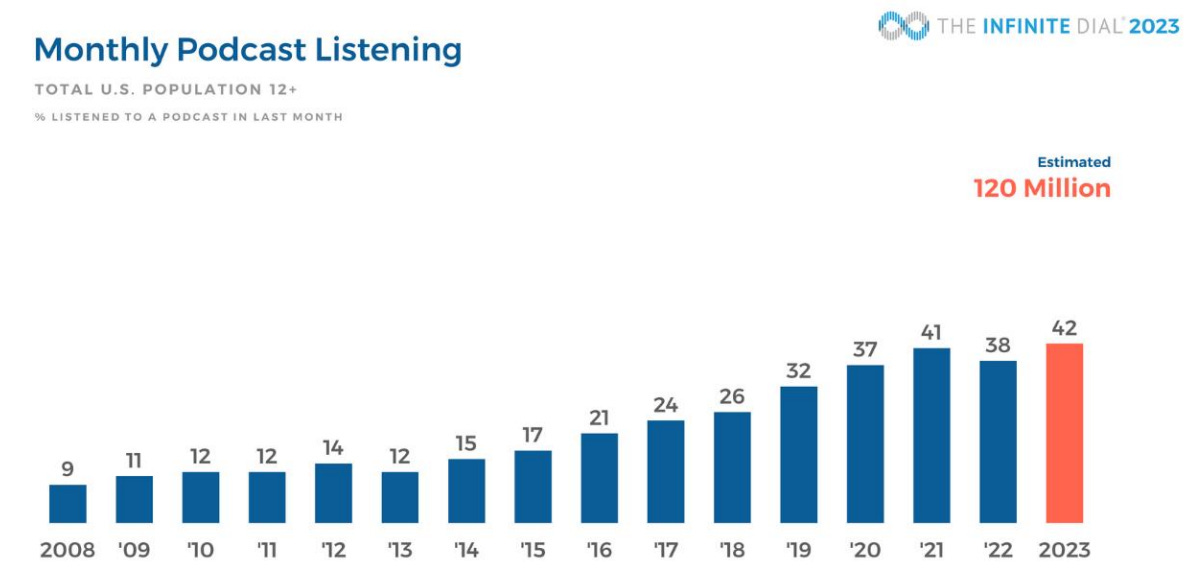Spotify emerged in an era when many of us listened to music on our iPod – did you have a Nano, a Shuffle, an iTouch, or among the lucky few with an iPhone?
It was an era of great change in the music industry as iTunes, iPod, and white, wired headphones made music more on-demand, available, and portable. Spotify entered an industry that consisted of three core players: artists, music rights holders, and the consumers (aka users, listeners, and fans). How did Spotify build an experience users loved while balancing the interests of artists and music rights holders? Read on.
Source: PC mag - I Came, I Saw, iPod: What I Was Listening To on My First Apple iPod
Pacifying pirates 🏴☠️
Daniel Ek and Martin Lorentzon founded Spotify in 2006 and launched it in 2008 in Sweden. Many consumers at the time got their music either the expensive way (i.e., iTunes or physical albums) or the “free” way (i.e., pirated).
As a fun aside, Ek briefly served as the CEO of the popular peer-to-peer (P2P) file sharing service uTorrent — argh, pirates! — before it was acquired in 2006 by Spotify for the P2P technology and then sold off again to BitTorrent in late 2006.
Piracy created controversy where record companies who held the rights to the music were losing money, and artists found themselves in a love-hate relationship where they gained consumer awareness of their music at the expense of their income. However, piracy was a symptom.
The root cause was that the demand for music was high and the willingness-to-pay for music products was low — far lower than that charged by record companies. Piracy tools were available to consumers for free with low-likelihood of economic consequences. The pirated product was also pretty good — so good that Ek said, during a talk in 2012 at Stanford:
[Starting at 9:47] In ‘06, iTunes still sold [digital rights management] tracks… you couldn’t play them anywhere… and at the same time I could go to PirateBay or Kazaa and download the same song pretty much as fast in lossless quality… [and could listen to it anywhere]... The pirated product was actually a lot better than the one you could buy.
In 2011, when Spotify launched in the U.S, it offered a compelling alternative where you could either listen to all of your favorite artists with some ads, limited skips, and songs-on-shuffle OR you could pay $5-10 a month for ad-free, unlimited, and specific-song-selection listening. The price of just one music album on iTunes was $10. Using the revenue stream generated from users, Spotify then pays both the respective music rights holders and artists based on the number of streams of their songs – legally.
Spotify increased each users’ willingness-to-pay by delivering greater music selection, availability, and discovery. With the value captured and the promising signs of even more users, Spotify negotiated deals with music rights holders that compelled them to open the gates of their music content. The flywheel spins and the pirates took off their eye patch — err closed their favorite torrent app 👀 — I mean, closed iTunes — and opened the Spotify app instead!
Swiftie Snag – “music should not be free” 🌟
In July 2014, Taylor Swift wrote an op-ed in the Wall Street Journal where she explained that:
Music is art, and art is important and rare. Important, rare things are valuable. Valuable things should be paid for. It’s my opinion that music should not be free… Piracy, file sharing and streaming have shrunk the numbers of paid album sales drastically…
It was precisely at this time when the music industry was about to hit rock bottom in terms of revenues. In November 2014, Taylor Swift pulled all her music off Spotify.
Taylor was correct on the what, but not the who. Revenues of the music industry peaked in 1999 just when Napster was founded. Through music sharing, Napster delivered a product where users could pick the song they loved and download it for free. As one Napster user put it:
After years of paying $15 or $20 for CDs with only one song [I] liked, [CDs] felt [like a ripoff]. When you overcharge your customers for your music that they love, you’re treating them like their enemy, almost.
The atom of music listening was the song rather than the entire album. In 2000, the Recording Industry Associate of America successfully sued Napster rip. However, the genie was out. Napster changed user expectations by decreasing their willingness-to-pay and delivered a better experience than physical CDs.
Source: Visual Capitalist - Visualizing 40 Years of Music Industry Sales
Therefore, the “who” are really the consumers. They demand more for less, and technology rose to meet the demand. If Napster catalyzed the decline, the arrival of portable devices – where you could take hundreds or thousands of songs wherever you go – drove music revenues down to the bottom.
Then Spotify came along and offered something even better. As Ek stated in his original vision: “Imagine iTunes, but having all the world’s music in your music library.” When Taylor pulled her songs from Spotify in 2014, music streaming had actually started to prop up the music industry’s revenues.
Two and a half years later, Taylor put all of her songs back on Spotify to: “thank her fans”.
Yes, because by that point, music streaming drove the majority of revenue growth in the music industry. Spotify had grown from 15M paying subscribers in 2014 to 50M in 2017. When asked what changed between 2014 and 2017, Ek explained that:
Streaming just became the majority of the industry. So if the option was like hey am I on streaming or not on streaming and do I think [Taylor Swift] could have reached number one without streaming? Probably not.
Shake it off because Spotify is the future. While music isn’t free, it’s shockingly cheap for users and just expensive enough at scale to entice music rights holders and to compensate artists for their art.
Everything, everywhere, all at once 🧿
In 2018, Spotify IPO’ed — ten years after it launch. Then as now, Spotify is arguably the No. 1 global streaming audio player, which means, in the words of Paul Vogel (CFO of Spotify): “having everything, as much as you can possibly think [of] in audio.” Quantitatively, Vogel wants Spotify to reach a billion users. As of Q3 2023, Spotify has 574M total monthly active users (MAU). In our next post, we will examine how Spotify can get to a billion.
In the meantime, here is a clue: new product lines. In 2005, Apple launched podcasts, which itself independently spawned from the concepts of the “iPod” and “broadcasting”. Like a song, a podcast is primarily an audio experience well-suited for multi-tasking. You can listen while commuting, cooking dinner, and even studying or working. Like music streaming, podcasting is also a two-sided market. Podcasters want the broadest audience reach and only a broad selection of podcasts can satisfy the interests of every consumer.
By 2013, Apple reached one billion iTunes podcast subscriptions, and an estimated 12% of the U.S. population were highly engaged in podcasts. For Spotify, podcasts seemed like the perfect adjacent market that was sizable and growing. Just one inconvenient fact – Apple was winning that market.
Source: Edison Research | The Infinite Dial 2023
In 2012, Apple separated podcasts from iTunes into a standalone Apple Podcasts app – effectively splitting its users. While separating experiences focuses product development in each of the respective apps, it lowers conversion between music and podcast listeners and introduces friction for users who listen to both music and podcasts.
Spotify’s greatest advantage was that it had the most engaged users in music streaming. In May 2015, Spotify launched podcasts in the same app. Today, many argue that Spotify has better discovery, but when Apple Music launched just a month later in June 2015, users anecdotally liked Apple Music’s music discovery more than Spotify’s. The key to Spotify’s user engagement was stickiness – users had already invested their time curating their favorite playlists, especially with their friends on Spotify’s collaborative playlist feature. Today in 2023, Spotify has 36M MAU in podcasts versus 29M MAU for Apple.
It’s the users, stupid!
Music rights holders are gatekeepers and distributors. However, they are only as powerful as the product, the music, they distribute. For the talented artists who create the music, they are only as powerful and loved as the admiration of their fans allow. Spotify correctly saw the broken experience from the perspective of the user and realized that solving the user experience solves everything else. Spotify dared to deliver a world-class product that users love and do so legally. While in politics it’s the economy; in technology it’s the users, stupid!
Disclaimer: The views and opinions expressed on Point of Product are entirely our own and do not express the views or opinions of our employers or any other entities.







